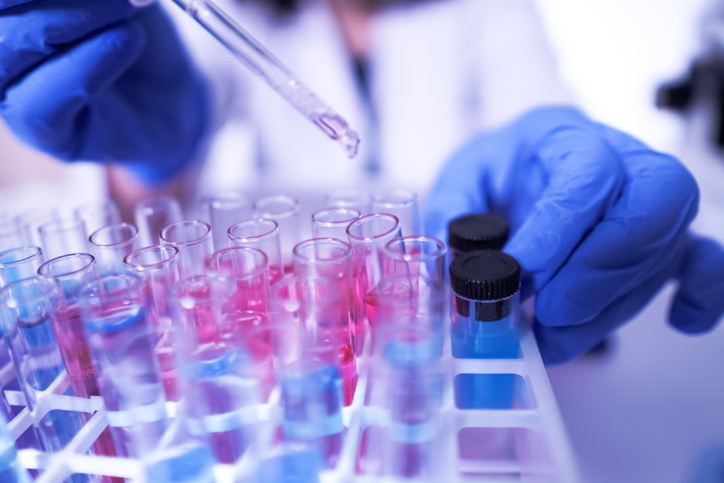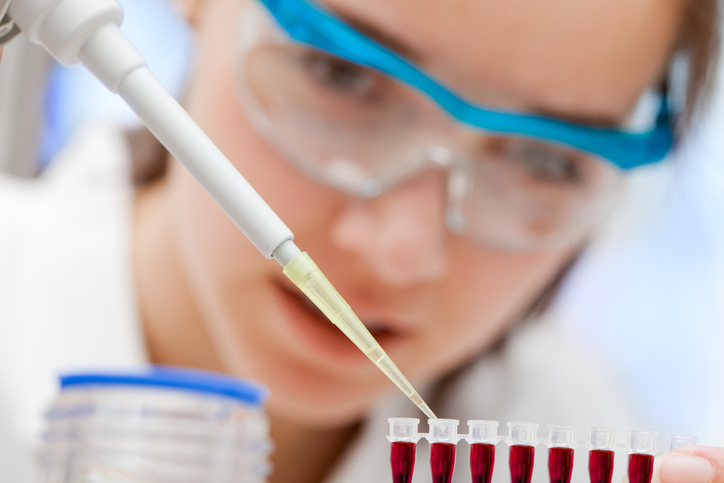Elisa troubleshooting tips – High background

Introduction
Welcome to our fourth post in a series looking at trouble shooting tips for ELISAs. This post will focus on possible solutions to high background. Firstly, perhaps we should explain what high background looks like. Generally, high background in an ELISA mean excessive or unexpectedly higher colour development/optical density reading across your ELISA plate. The problem with high background is that the high noise-to-signal ratio, even if it’s level across the plate, reduces the sensitivity of your assay or, at worst, completely ruins your assay. Either way, it’s best not to try to use data from a plate that clearly has a higher than normal background. As we’ve mentioned before, while an ELISA tends to be pretty straight forward to carry out, the many steps involved leaves plenty of opportunity for something to go wrong. Even if you’ve developed and characterised your own assay or are using a pre-made kit from a manufacturer. There tends to be two main reasons for high background developing: plate washing and plate blocking. However, we’ll delve into a little more detail below. General tip: If you’re running a lot of the same ELISA over time, tabulate the optical densities for the blank (negative control), standards, and any QC sample wells. This can give you an idea if the assay or a reagent is changing over time, leading to a gradual shift in the kinetics of your assay.
Antibody-based problems
Coating/detection antibody concentration: If coating your own plates be sure to double check the dilution of the capture antibody, depending on if you’ve developed the ELISA yourself or not. If you’re developing an ELISA from scratch, then you may need to optimise the coating conditions further. Non-specific binding: Check the formulation of your capture or detection antibodies and ensure the diluent used is suitable. If not, it could cause problems with the conformation of the antibody leading to non-specific binding of other proteins. Plate blocking is also very important in reducing non-specific binding (see below). Cross reactivity is another potential issue. If you’re switching to a new lot, supplier or type of antibody for your assay be sure to use a negative control to make sure there is no cross reactivity with the other analytes in your chosen sample type (cell culture medium or serum, for example).
Reagent (buffer or substrate) issues
Contamination: If repeating an assay due to previous high background, be sure to use fresh reagents throughout. If one of your buffers (e.g. antibody diluent, blocking buffer or wash buffer) were accidentally contaminated with your analyte this could account for a high background.
Matrix effects
Switching sample types from, say, plasma to serum or cell culture media to serum, could affect your assay as the assay milieu becomes more complicated leading to greater non-specific binding, and therefore high background. If using a kit from a manufacturer, be sure to consult them on what sample types it has been tested or validated for. If using an ELISA you have developed yourself, you may need to optimise it further for the new sample type.
Plate blocking
The blocking buffer in any assay is vital since it it’s job is to flood the plate with proteins or other molecules that adsorb to any available binding sites, but don’t interfere with your assay (i.e. not interact with your analyte, capture or detection antibodies or detection reagents). To reduce high background, you could try increasing the blocking solutions concentration (from say 1 to 2% BSA w/v) or adding a small amount of a non-ionic detergent, such as tween-20 (e.g. 0.05% v/v). Alternatively, you could try extending the blocking step incubation time and using a plate shaker.
Plate washing
A poorly washed plate means that there could be left over matrix components on a plate, and it’s these that will lead to an increased background signal. To reduce background, you could try adding an extra wash step, or adding a short incubation between wash steps (e.g. a 30 second soak with washer buffer, aspirate, and repeat twice more). Typically wash buffers are PBS with 0.01 to 0.1% Tween-20 and wash steps include 2-4 cycles. If you’re washing by hand, try to be as quick as you can so that the plate doesn’t dry out between washes. If using a plate washer, make sure it’s dispensing and aspirating correctly and that the tubes have been cleaned recently. Ideally, they should be well rinsed between changes of wash buffers too.
Substrate issues
Some substrate, such as TMB, can lead to the development of a precipitate if not ‘stopped’ within a certain time. So be sure to stop within the manufacturers recommendations and to read your plate as quickly as possible after stopping. With TMB you’ll usually see black spots at the bottom of your wells if this has happened. Finally, double check that the bottom of your assay plate isn’t dirty. A lot goes on in a lab, and it can be easy to accidentally put your plate down in someone else’s mess. If there’s liquid or something else on the bottom of your plate, it may interfere with your plate reader. Download PDF :  Filed Under : ELISA
Filed Under : ELISA



